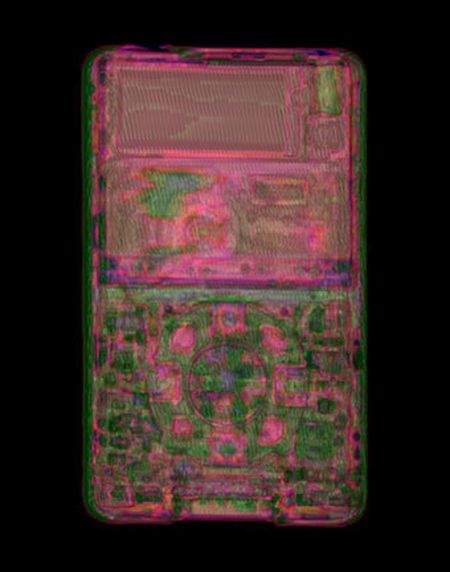

One of the more recognized and researched forms of play is “pretend play” (or symbolic play or fantasy play), where children playfully distort reality to behave in a nonliteral, “as if” mode ( Fein, 1981). It is however generally agreed that play appears in many different forms including pretend or symbolic play, games with rules, language play, rough-and-tumble play, and construction play ( Burghardt, 2010). When children are asked, they describe playing as simply something they find fun ( Downey et al., 2007). Doll play may provide a unique opportunity for children to practice social interactions important for developing social-emotional skills, such as empathy.Īlthough children’s play is studied extensively, a definition as to what play is has not yet reached consensus (for a review, see Lillard, 2014). These findings suggest social play utilizes multiple neural regions and highlight how doll play can achieve similar patterns of activation, even when children play by themselves. Children engaged the pSTS during solo doll play but not during solo tablet play, suggesting they were rehearsing social cognitive skills more with dolls. Social play activated right prefrontal regions more than solo play. We examined the activation of prefrontal and posterior superior temporal sulcus (pSTS) regions using near-infrared spectroscopy while 42 4- to 8-year-old children freely played with dolls or tablet games with a social partner or by themselves. However, there is little evidence regarding the neural regions that are active while children engage in pretend play. It has long been hypothesized that pretend play is beneficial to social and cognitive development.



 0 kommentar(er)
0 kommentar(er)
